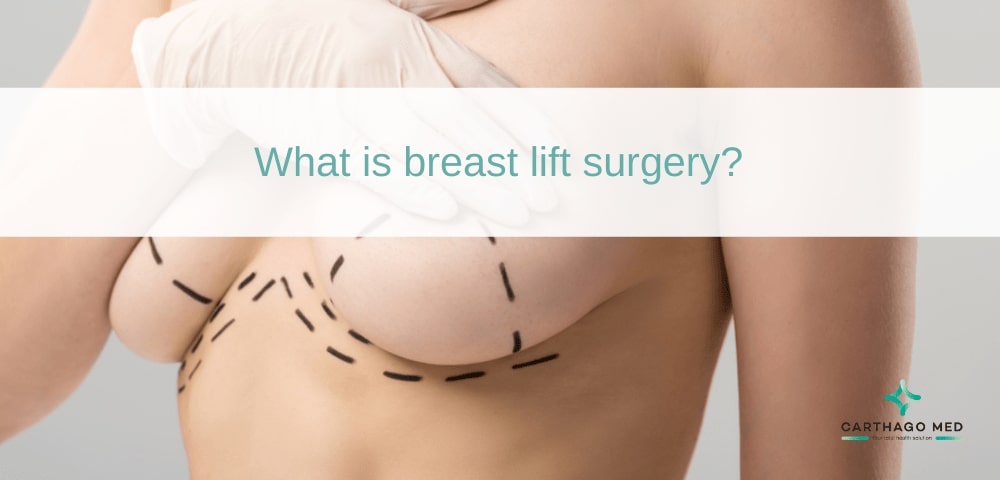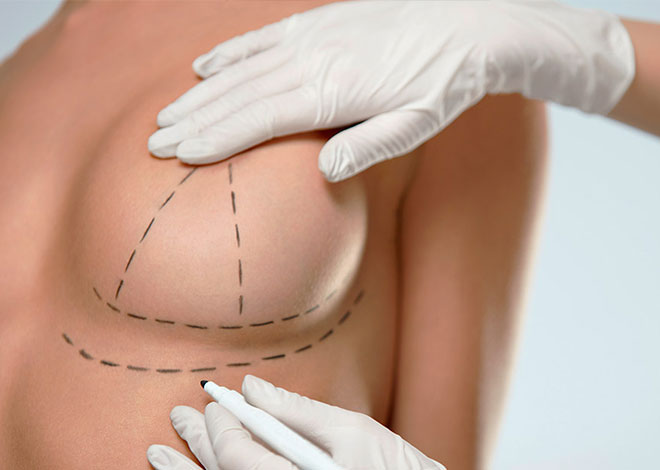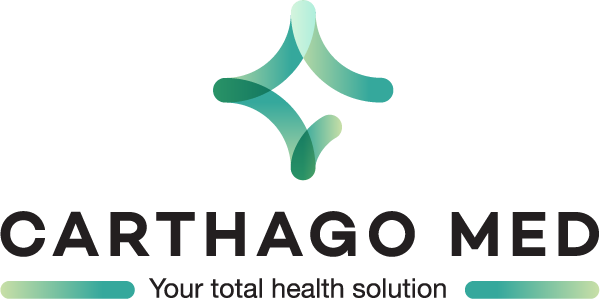
What is a breast lift? What results can I expect?
What is a breast lift?
A breast lift, medically known as mastopexy, is a surgical procedure designed to raise and reshape sagging breasts. This is achieved by removing excess skin and tightening the surrounding tissue to support the new breast contour. A breast lift can also reposition the nipple and areola to a more youthful position. This procedure is ideal for women who experience sagging breasts due to factors such as aging, pregnancy, breastfeeding, or significant weight fluctuations. Unlike breast augmentation, which enhances breast size with implants, a breast lift focuses on improving breast shape and firmness, restoring a more youthful appearance.
Why it’s done?
A breast lift (known also as mastopexy) is a cosmetic surgical procedure that aims to remove excess skin from the chest to lift sagging breasts. The breast lift is intended for women who have sagging breasts or whose areola is considered too low. This sagging of the breasts can be related to pregnancy, ageing or weight loss. The breast lift is a breast operation that aims to lift sagging breasts without changing their volume. It gives them a more youthful and attractive shape. This operation can be performed at the end of the puberty period (completion of breast growth).
How you prepare?
Following these guidelines is crucial to prepare your body effectively for breast lift surgery. Adhering to these steps will not only minimize risks and complications but also promote a swift recovery process. Firstly, make sure to complete all the recommended pre-operative tests, including blood tests and ultrasounds. Additionally, consult with the anaesthetist at the clinic to ensure you are well-prepared for the surgery.It is essential to quit smoking or significantly reduce your smoking habits before the surgery. Smoking hampers the healing process, leading to larger and more visible scars. Avoid taking any new medications without informing your plastic surgeon or anaesthetist, as this can impact the surgery and your recovery.
On the day before and the morning of the surgery, cleanse yourself with the prescribed antiseptic soap. Furthermore, refrain from eating or drinking anything after midnight on the night before the operation. Arrange for a responsible adult to pick you up after the surgery and, if possible, stay with you for 24 hours. In cases where you have no one available, plan for a taxi service but avoid returning home alone.Lastly, pack clothing that fastens at the front with buttons or zips, eliminating the need to lift your arms extensively. These preparations will contribute significantly to ensuring your body is in optimal condition for the breast lift surgery, enhancing the overall outcome and facilitating a smooth recovery process.

Will a breast lift procedure change the size of my breasts?
A breast lift procedure primarily focuses on reshaping and repositioning the breasts to achieve a firmer and more youthful appearance. It does not significantly change the size of the breasts in terms of volume. However, some patients may experience a slight decrease in breast size due to the removal of excess skin during the procedure. This reduction is typically minimal and is mainly a result of eliminating stretched skin rather than reducing breast tissue itself. For those seeking both a lift and an increase in breast size, combining a breast lift with breast augmentation using implants may be recommended to achieve desired results. It’s important to discuss your goals and expectations with a qualified plastic surgeon to determine the most appropriate approach for your individual needs.
What does a breast lift incision look like?
A breast lift incision can vary depending on the specific technique used and the extent of correction needed. Generally, there are three common types of incisions for a breast lift:
- Periareolar Incision: This incision is made around the edge of the areola (the darker skin surrounding the nipple). It is well-suited for patients requiring mild to moderate lifting. The resulting scar blends into the natural color transition between the areola and the surrounding skin.
- Lollipop or Vertical Incision: This incision extends around the areola and vertically down from the bottom edge of the areola to the crease underneath the breast (inframammary fold). It is typically used for moderate lifting and allows for more significant reshaping of the breast. The scar resembles a lollipop shape, with a circular scar around the areola and a vertical line extending downward.
- Anchor or Inverted T Incision: This incision involves a periareolar incision, a vertical incision down from the areola to the breast crease, and a horizontal incision along the inframammary fold. It is used for extensive lifting and reshaping of severely sagging breasts. Despite its larger size, the scar tends to fade over time and is strategically placed to be hidden by a bra or bikini top.
What you can expect?
During the procedure
When considering a breast lift, individuals typically have three main techniques to choose from, each tailored to the surgeon’s expertise and the level of breast saginess. The first technique involves an incision made around the nipple, known as the areolar incision. Another option is the combination of areolar and vertical incisions, which begin at the nipple and extend down to the breast fold. Lastly, there is the inverted T incision, where a scar is formed around the nipple, extending downwards to the breast fold. The choice among these techniques is carefully made based on individual needs and the surgeon’s recommendation.
Some women take advantage of the operation to add breast implants, but generally the breasts fall back if the implants are too heavy after six months. When you need a breast lift, it’s often because the skin is not strong enough to support the heaviness of the breasts so it seems a bit silly to add implants, unless the breasts are not too large. Nowadays, to increase the breast volume after a mastopexy, patients can opt for a lipofilling which is a less invasive technique and which allows to obtain nice results.A breast lift should be distinguished from breast reduction, which is performed when the breasts are too large. The procedure takes about 1.5 hours, under general anaesthetic. Absorbable sutures are placed. A suitable dressing is applied for a few days. The pain, which is acceptable, is controlled by painkillers.
After the procedure
Immediately after the breast lift surgery the patient will first be transferred to the recovery room, to a hospital room, where the patient will stay for a few hours (outpatient surgery) or, more conventionally, one night. The pressure bandage will be removed in the presence of your surgeon. He will make sure that there is no haematoma or suffering of the areola, which are both rare complications. If a drainage system was used during the operation, it will usually be removed at this time.After a breast lift or mastopexy, the patient will need to see the surgeon again for a follow-up consultation. These consultations usually take place 7, 15 and 30 days after the surgery. The purpose of these consultations is to monitor and detect rare complications such as scarring problems or infections. Scar care will be carried out every day at home by the patient or a nurse. Taking a shower will be possible from the day after the operation. The patient will be asked to stop sports activities for 2 months after the surgery.
What Are the Typical Post-Mastopexy Signs and Symptoms to Expect?
Following a mastopexy (breast lift) procedure to address breast ptosis, it’s important to be aware of certain common signs that should not cause undue concern. These signs include asymmetry, which is a natural occurrence post-surgery and typically resolves gradually over time. Additionally, you may experience bruising, which can persist for about 15 to 20 days, and chest edema leading to mild swelling and occasional sensations of tension. In terms of pain, it is usually minimal after a breast lift or reduction and can be easily managed with basic pain relief medications. Some discomfort when lifting the arms is also normal and may be experienced for a period of 15-21 days following the procedure. It’s essential to be patient and allow your body the necessary time to heal, as these temporary effects are part of the natural recovery process.
Is sensation affected by having a breast lift?
Nipple sensitivity after breast lift can indeed be affected due to the repositioning of tissues and the creation of incisions. It is common for patients to experience temporary changes in sensation immediately after the surgery. The incisions made during the breast lift procedure can cause a temporary decrease in sensitivity, as small nerves are inevitably cut. This change in sensation is a natural part of the healing process and should not cause undue concern.
How should I look after my breasts after a breast lift?
After undergoing a breast lift surgery, it is crucial to follow a careful postoperative care routine to ensure optimal healing and aesthetic results. In the initial week following the procedure, it is imperative to wear the prescribed post-operative bra provided by expert nurses. This specially measured bra offers essential support to your breasts during the crucial healing phase. Moving into the second week, the focus remains on wearing the post-operative bra as instructed. While gentle activities like walking can be introduced, strenuous exercises and heavy lifting should be strictly avoided to prevent complications.
As you progress into weeks 3-4, it is essential to promote skin elasticity and minimize scarring. This can be achieved by regularly applying recommended aqueous creams such as E45, as advised by our experts. These creams play a vital role in maintaining soft and supple skin, while also preventing excessive scar formation, leading to a more aesthetically pleasing outcome. By the 6-week mark, patients can gradually return to normal activities. Adhering diligently to the provided postoperative instructions, which may include specific massage techniques demonstrated by our experienced post-operative nurses, is essential. These techniques aid the healing process and optimize the overall results of the breast lift surgery.
How long does breast lift recovery take?
The final result of a breast lift is obtained 3 to 6 months after the operation, when the postoperative swelling has disappeared. The breasts will gradually return to their natural shape during this period.This result is stable over time except in case of significant weight change or pregnancy. Nevertheless, your new breasts will evolve like any other woman who has not undergone surgery and will be subject to the effects of gravity and aging.
Three anchor scars are necessary to reshape the breasts: a peri-areolar scar (around the areola), a vertical scar extending from the areola to the sub-breast fold and a horizontal scar in the sub-breast fold.The scars will initially be inflammatory (red and raised) for the first few months and then will gradually fade without disappearing.The final appearance of your scars is not predictable and will only be known at the end of scar maturation (between 1 and 2 years after the operation).
What do breast lift scars look like?
Breast lift scars vary depending on the type of incision used during the procedure. The appearance of scars is a common concern for patients considering breast lift surgery. Generally, scars go through a maturation process over time, starting as red or pink lines before gradually fading to a lighter color. Here are the typical characteristics of scars based on different breast lift incisions:
- Periareolar Incision: This incision is made around the edge of the areola. The resulting scar blends into the natural color transition between the areola and the surrounding skin. It usually appears as a fine line that may slightly darken initially but tends to fade and become less noticeable over time.
- Lollipop or Vertical Incision: This incision extends around the areola and vertically down to the breast crease. The scar resembles a lollipop shape, with a circular scar around the areola and a vertical line extending downward. Over time, the vertical scar typically fades into a thin, faint line.
- Anchor or Inverted T Incision: This incision involves a periareolar incision, a vertical incision down from the areola to the breast crease, and a horizontal incision along the inframammary fold. Although more extensive, the scars are strategically placed to be hidden by bras or bikini tops. With proper scar care and healing, these scars usually become less noticeable as they mature.
While scars are inevitable with breast lift surgery, advancements in surgical techniques and post-operative care have helped minimize their visibility. Your plastic surgeon can provide guidance on scar management and recommend treatments to help scars fade and blend with surrounding skin over time.









